Hublot's latest Big Bang is still making a big impact
An integrated bracelet makes for a bold difference in the new Big Bang Integral.
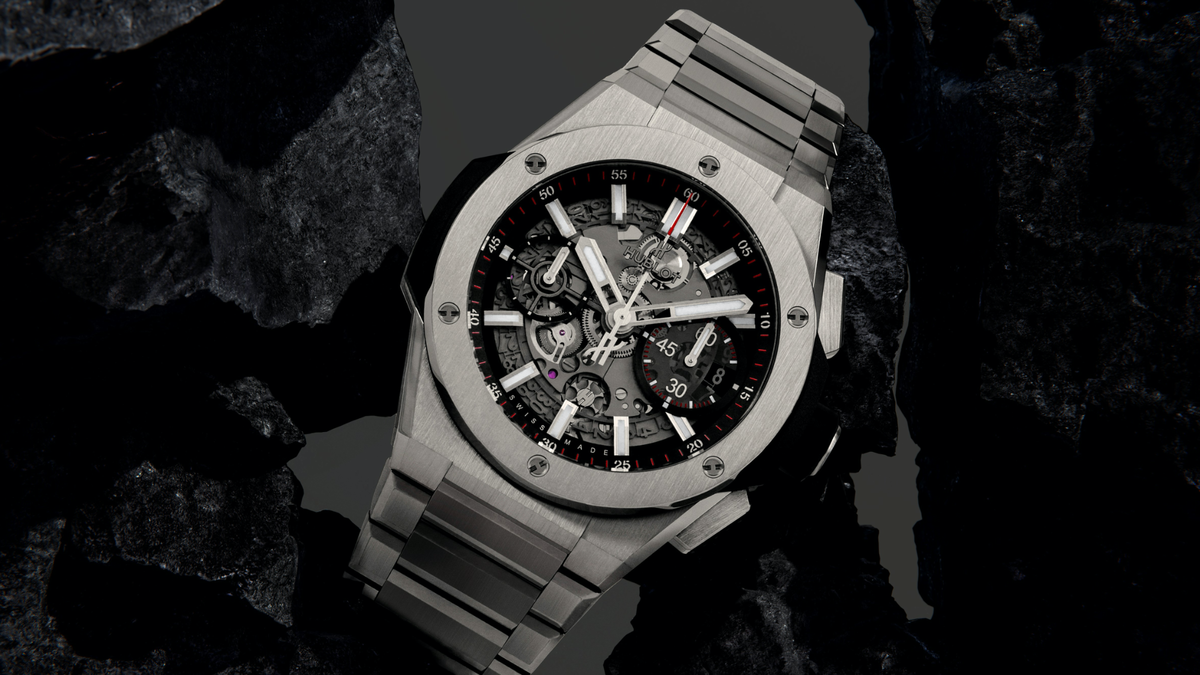
Few watches have had as significant an impact on modern watch design as Hublot’s bold and brash Big Bang.
When it was first unveiled in 2005 it was considered an enfant terrible, epitomising the 'bigger-is-better' mentality of the pre-GFC boom years. Not only did Hublot's standard bearer live up to its name size-wise, it also shifted the needle in terms of popular taste.
Open-worked dials rendered in an industrial style left the mechanism proudly on show, and incongruous combinations of materials such as ceramic, gold and rubber were the name of the game. This avant-garde take on the (admittedly niche) category of luxury sports watch came to define a generation of plus-sized macho watches. Fifteen years on the Big Bang is more mature; still bold, but a little less brash. The rough edges have been polished down, and the overall effect is a watch that has nothing to prove. In 2020, Hublot's Big Bang is a staple – a known quantity, even. Which makes the fact the critics didn’t predict Hublot's most recent release (unveiled earlier this month at the LVMH Watch Week in Dubai) such a pleasant surprise. On one level, the Hublot Big Bang Integral isn't much changed, gaining a new bracelet. On another level, it’s a significant step in the evolution of the line. The Big Bang Integral takes its name from the integrated bracelet – a style which creates a smooth, flowing line from the case to the bracelet, giving the appearance of a seamless object. It's a style that's been around, having been initially popularised in the '70s and never really going away since. In recent years the look is increasingly hot, fuelled by hard-to-come-by models from makers such as Patek Philippe. Considering the burgeoning popularity of this style, it should come as no surprise that Hublot would offer its take. The real surprise is why this type of Big Bang wasn't already on the table. Sometimes shoehorning an existing model into a trendy new package can be a stretch, but on the Big Bang it just works. The angles and mix of finishes that are Big Bang hallmarks sit just as well on the bracelet as they do the rest of the watch. While the headline is the addition of the bracelet, other details bear noting. The case is 42mm across which, while large, is significantly smaller than the 45mm option – a move to ensure this watch will look good on as many wrists as possible. Small changes have also been made to the case design to accommodate the eponymous bracelet. Minor updates they may be, but they make the resulting design feel fresh and current and – dare I say it – more than a little cool. One thing that hasn't changed is Hublot's habit of unleashing plenty of offerings at once. So, from gold to black ceramic and the obligatory diamond-encrusted option, there's no shortage of options – and more in the pipeline. However, the model that we think will have the broadest appeal is the titanium number ($20,900). Lightweight and hardwearing, titanium is a metal that works well on watches – especially ones that lean into this sort of edgy aesthetic. The Hublot Big Bang was a watch created in a very different time. Many similar oversized sports watches have fallen by the wayside of evolving tastes. The Big Bang, though, has remained a constant, carving out a core audience of devoted fans and incrementally evolving its design. The Big Bang Integral is the latest step in this journey – smoother and slicker, but just as sharp-looking and still very much in the game at the upper tier of luxury sports watches.
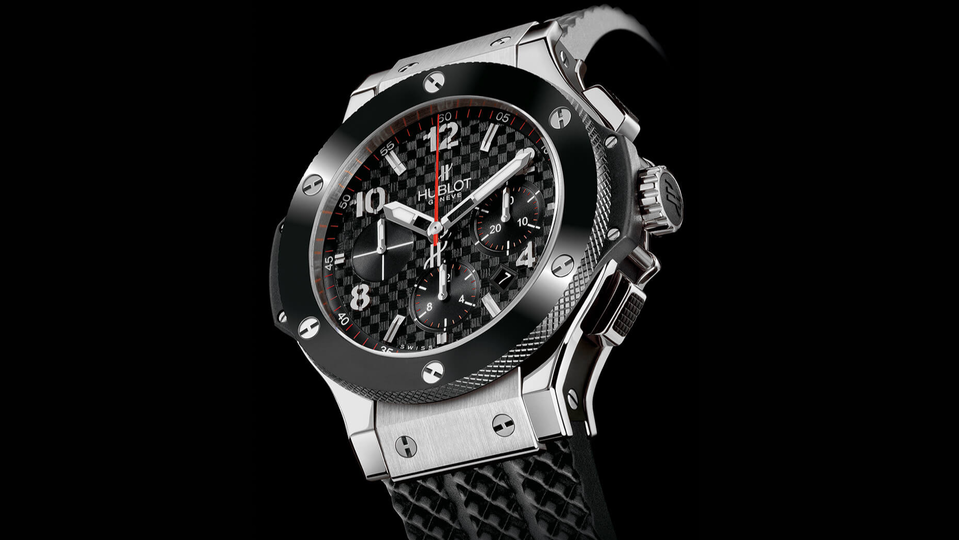
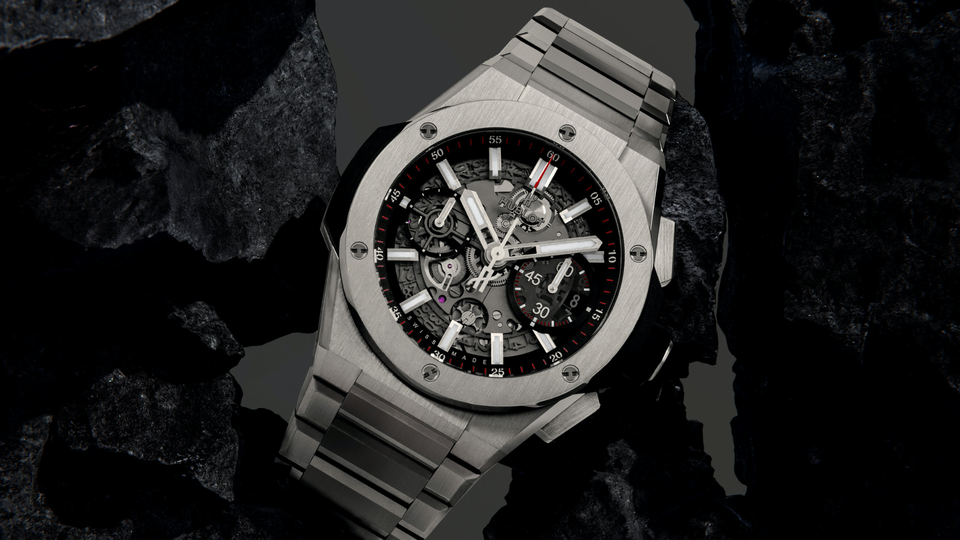
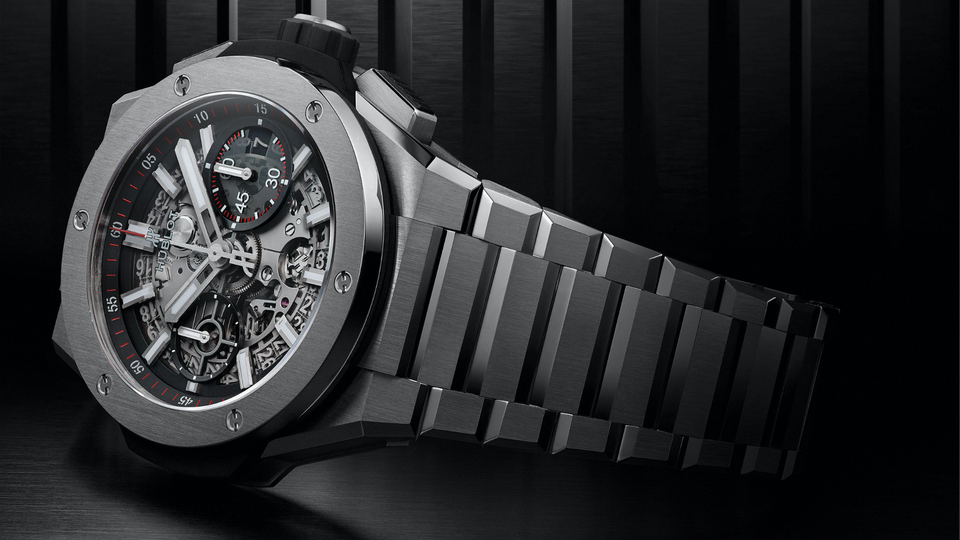
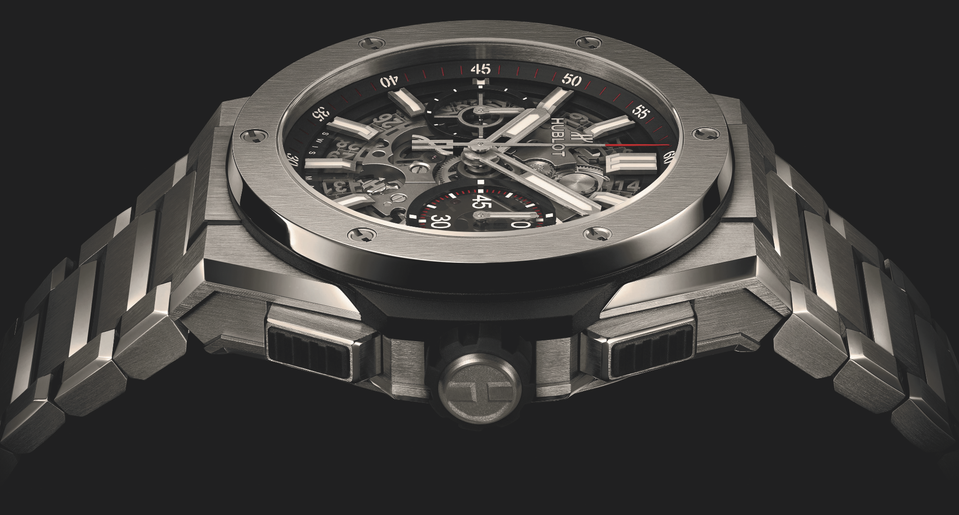
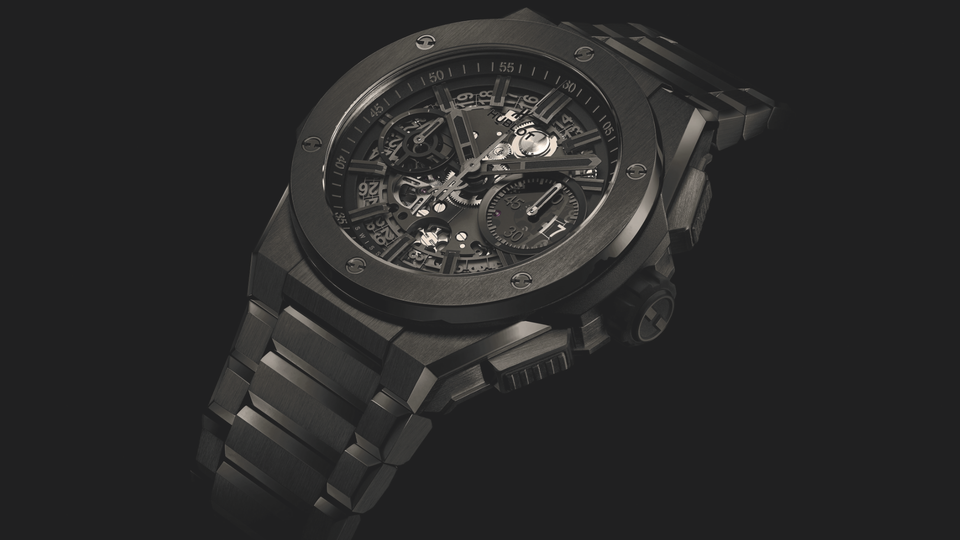
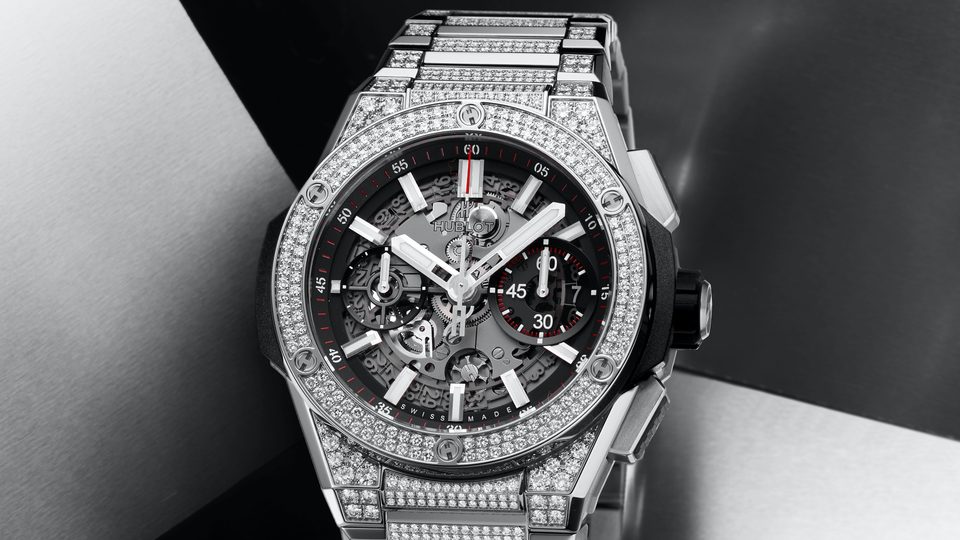
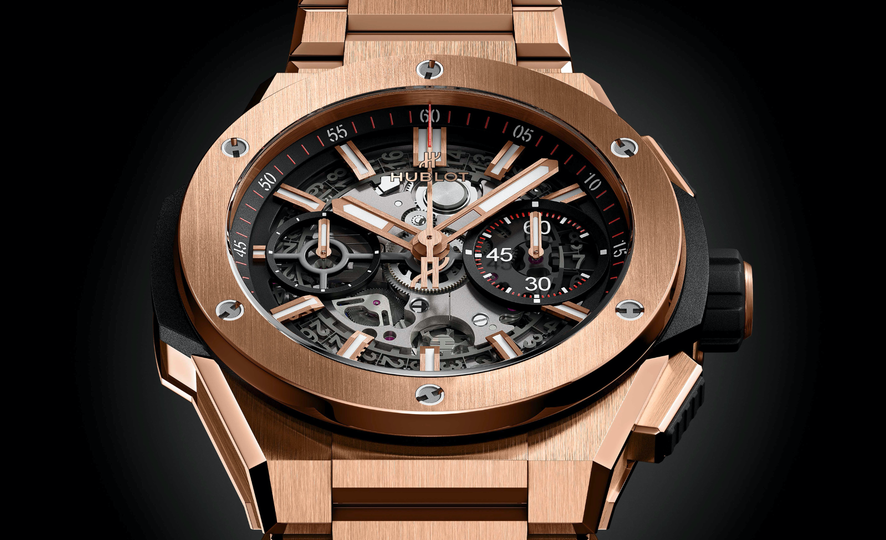
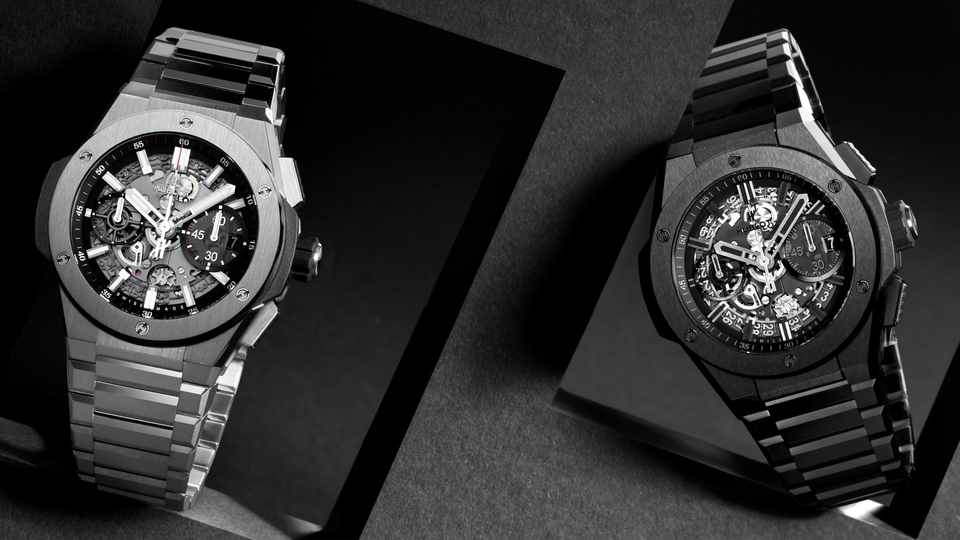

Hi Guest, join in the discussion on Hublot's latest Big Bang is still making a big impact